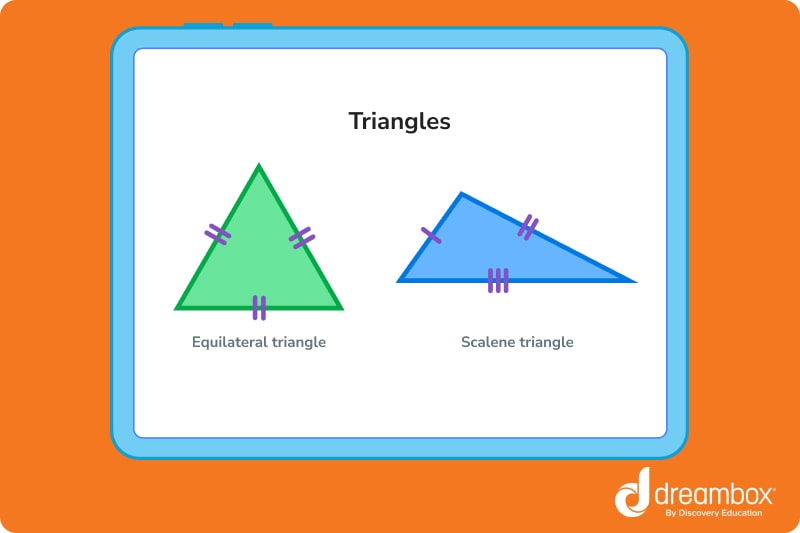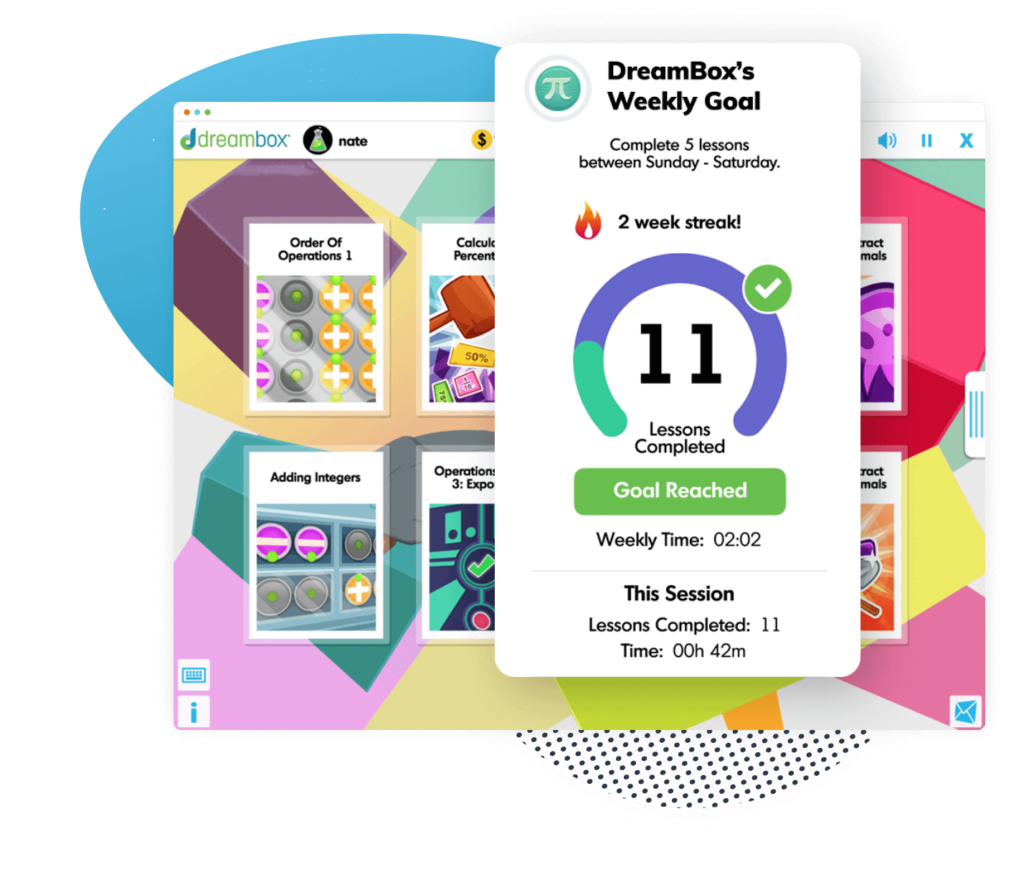How to Teach Shapes in Kindergarten
Learn how to teach kindergarteners basic and irregular 2D shapes.

Author
Tess Loucka
Published:
October 2025
Key takeaways
- • Not every student will begin the year at the same level.
- • Kindergarteners are expected to learn basic 2D shapes, which include circles, squares, rectangles, triangles, trapezoids, rhombuses, and hexagons.
- • Teachers should introduce irregular shapes in kindergarten as well as regular shapes to improve their students’ understanding of shapes and their definitions.
Basic shapes are the building blocks of life, and a key part of a child’s education. A strong understanding of basic shapes sets children up for success in everything from high school geometry to careers in architecture, graphic design, construction, and so much more.
There’s no denying that learning shapes is integral to a good kindergarten education, but as a teacher, how do you bring shapes to life? How do you teach basic shapes for kindergarten in a way that sticks?
If you’re a tutor, kindergarten teacher, or just a parent trying to prepare their kids for a great academic year, it’s helpful to have a few techniques up your sleeve.
So, let’s talk about how you can teach basic shapes for kindergarten in a way that’s intuitive, fun, and most importantly, effective.
What Shapes Should Kindergarteners Know?
Kindergarteners are expected to know basic 2D shapes including circles, squares, rectangles, triangles, trapezoids, rhombuses, and hexagons.
By the end of the year, kindergarteners should be able to identify these shapes in pictures and in the world around them. They should also be able to draw these shapes without a reference.
But how do you take a child who knows nothing about shapes and make them feel confident identifying and drawing shapes on their own?

Table of contents
Strengthen your math skills with DreamBox
Kindergarten Math Resources
See how DreamBox can help your kindergartener with math.
Best Strategies for Teaching Shapes in Kindergarten
Not every kindergartener starts at the same stage. Some students may start the year already familiar with the basic shapes for kindergarten, while others may have never even heard of shapes.
While the range of knowledge among a kindergarten class can be large, it’s best to start with the basics.
No matter what stage of the learning process your students are at, the following techniques are proven to improve understanding and confidence with basic shapes.
- Hands-on Activities
At this age, children have a hard time visualizing things without physical tools. You can tell them that a square is a four-sided shape, but until they are holding a square in their hands, drawing one on paper, or creating one out of popsicle sticks, the idea will not be cemented in their heads.
Simple building blocks, magnets, toothpicks, popsicle sticks, Legos, and pipe cleaners make great tools for hands-on learning.
You can also create sensory activities, such as giving your students trays of sand and having them trace shapes into it using their fingers.
The most important thing is to get their hands busy. You don’t need to set up complicated activities—keep things simple and let learning happen naturally.
- Art Projects
Kindergarteners love getting their hands dirty. That’s why art projects can be so helpful when learning shapes. Have your students create fairy wands with star-shaped points, or make their own 2D party hats using triangles.
Kids are an endless font of imagination; use that to their advantage!
- Ask Questions—Don’t Just Give Answers
Children are curious. Utilize their natural curiosity by encouraging discovery. At this age, lecturing is not very effective. Therefore, rather than telling them things, such as “This is a square because it has four equal sides,” ask them questions and have them discover the answers on their own.
So, what does that mean exactly?
Well, if you want to teach your students about squares, try drawing a few examples on the board. Then ask your students to describe the shapes.
What do they have in common? (The number of sides and angles.)
What is different about them? (Maybe their size.)
After that, draw a few non-square shapes and ask your students to describe those.
How do they differ from the previous shapes you drew?
After a thorough discussion about the similarities and differences between the shapes, your students will likely have created a definition for squares on their own.
This method leads to wildly different results than simply giving your students a definition to remember.
If your students continue to struggle with shapes, supplement their education with online math programs or math apps. Playing shape games, watching educational videos, and completing practice problems are great ways for kids to learn outside of the classroom.
Introducing Irregular Shapes
While basic 2D shapes for kindergarten are the real stars of the show, it’s also recommended that teachers introduce their students to irregular shapes.
Irregular shapes are shapes that have sides and angles of different lengths.
Take triangles, for instance.

At this age, most children will have only ever seen equilateral triangles, making identifying non-equilateral triangles as triangles very tricky.
By introducing regular shapes along with their corresponding irregular shapes, you give your students a more thorough understanding of shapes and their properties.
FAQs about shapes for kindergarteners
Teach both regular and irregular shapes, focusing primarily on basic 2D shapes such as squares, rectangles, circles, triangles, rhombuses, trapezoids, and hexagons.
The best way to teach kindergarteners is to give them hands-on activities and art projects that relate to the subject at hand.

The math program that drives results
Get started today!
DreamBox adapts to your child’s level and learning needs, ensuring they are appropriately challenged and get confidence-building wins.

About the Author
Tess Loucka
Tess Loucka discovered her passion for writing in high school and has not stopped writing since. Combined with her love of numbers, she became a math and English tutor, focusing on middle- and high-school-level topics. Since graduating from Hunter College, her goal has been to use her writing to spread knowledge and the joy of learning to readers of all ages.